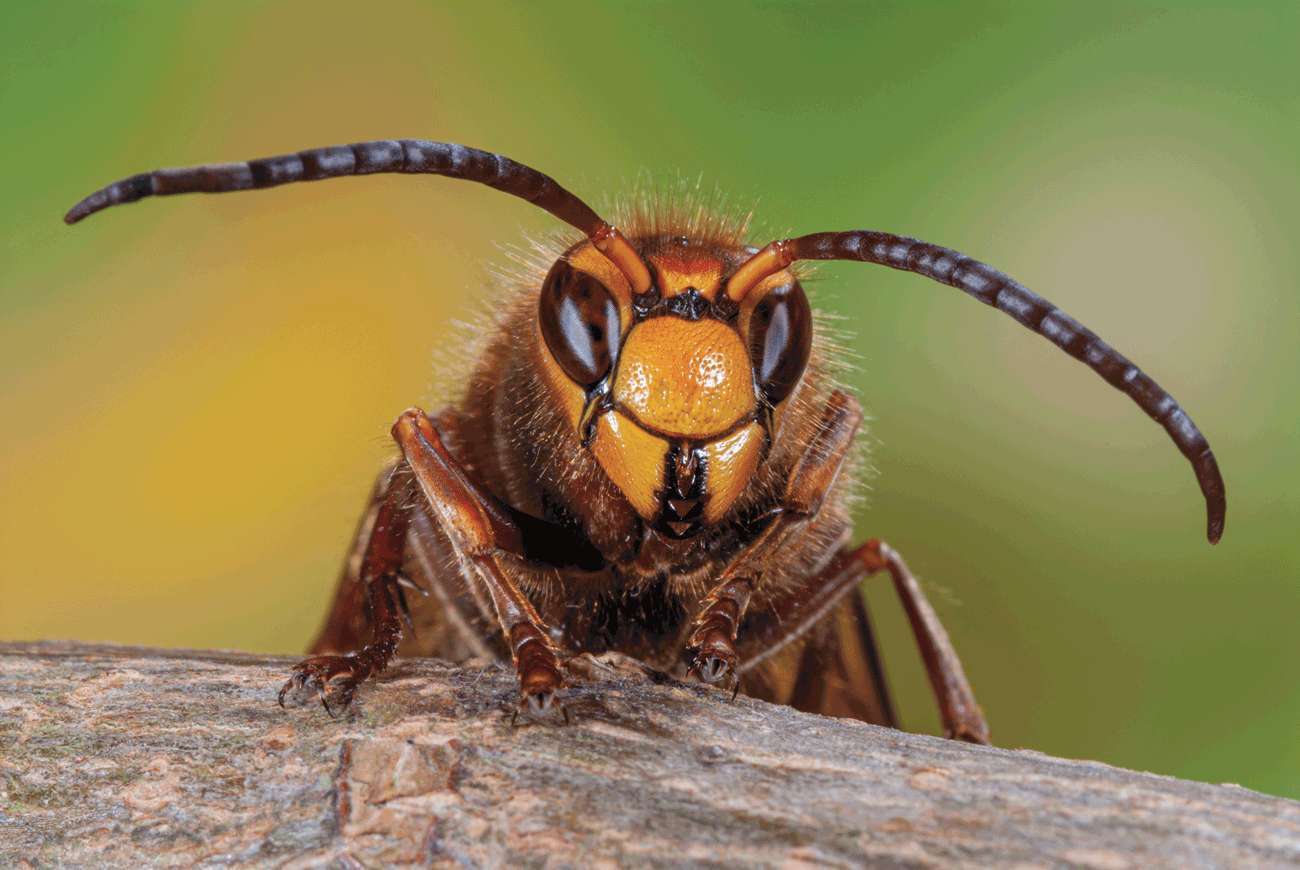
Photo © Barnaby Bamford
It seems obvious, doesn’t it, that all new developments should be built on brownfield sites to protect our diminishing green fields? The idea being that a brownfield site is one that is already ruined and might as well have more concrete poured on it – whereas our greenfield sites are pristine and a thriving home to wildlife, and should be spared. A writer and naturalist nicely named Stephen Moss argues otherwise. I have just finished reading his book The Accidental Countryside and it has given me a lot to think about.
Moss is no great lover of sterile fields farmed for maximum profit by pension funds and supermarkets, with monoculture crops and overuse of chemicals. With hardly any suitable habitat, wildlife cannot flourish under those conditions. He says, “To those who really care about British wildlife it is these ‘pre-used’ sites which need to be saved as wildlife thrives in ruin and dereliction and not on the green swathes of agri-deserts which make up so much of our lowlands.” Brownfields include former collieries, disused railway lines, gravel pits and abandoned industrial sites. He writes of his travels round the country examining a variety of ‘pre-used’ sites which are often derelict, and finds a heartening resilience and ingenuity in the colonisation by nature. These areas cover the length and breadth of the country from peat diggings in Somerset to Belfast’s docklands, and London’s Shard, and it is heartening to read about these rewildings.
A well documented example of nature taking advantage of our activities is the spread of plants and seeds along railway lines. Ragwort was able to establish itself all over the country from its original site in Oxford – and the light fluffy seeds of Rosebay were also wafted by the action of trains, along embankments and then onto verges, and anywhere that could offer a little soil. It is a plant which did exceptionally well in cities which were bombed during the war – hence it is also known as ‘fireweed’. It has now established itself firmly in our conservation site in Cranleigh presenting us with the usual problem of how much to control it so that it does not overtake the whole area. We have a similar problem with that adventurous ragwort.

Barnaby Bamford at Beryl Harvey Fields, photographing Fireweed
Not only can brownfield sites host a large variety of wildlife, but they are often near urban areas and can benefit local people. Not everyone can belong to the National Trust or similar organisation and can afford to travel distances. In the last few years it has become clear that certain ethnic and economic groups feel excluded from parks and ‘countryside’. A good deal of thought and work is now going on in London to encourage wildlife to thrive in what were simply thought of as potential sites for housing estates.
I have dug a pond in every garden I have ever owned, even in one that already had a pond – and have always been astonished and joyful at how quickly it has become a habitat for a variety of creatures. How does the word get around? The animals that colonize a pond are usually small, including beetles and bugs. Many fly great distances and can easily establish themselves in a new pond. It has been found that the larger species of water beetle can carry snail eggs and even tiny leeches attached to their bodies. Eggs and small creatures also arrive with pond plants. But still miraculous is the arrival, one fine day, of the first newt. Garden ponds are of great importance as a safe breeding place for amphibians, especially now that natural waters are polluted, filled with rubbish, mismanaged or drained. Toads were commonly seen in this part of Cranleigh – witness the signs still rather forlornly signalling their road crossing. I last saw a toad round here over ten years ago.
We are attempting the tricky job of repairing the lining of the pond at Beryl Harvey Conservation site this weekend, from what we think is badger damage. I will let you know next month how successful this has been. It will be lovely to see the pond full of water again – and the sign at the side warning of ‘DANGER. DEEP WATER’ to be true.











